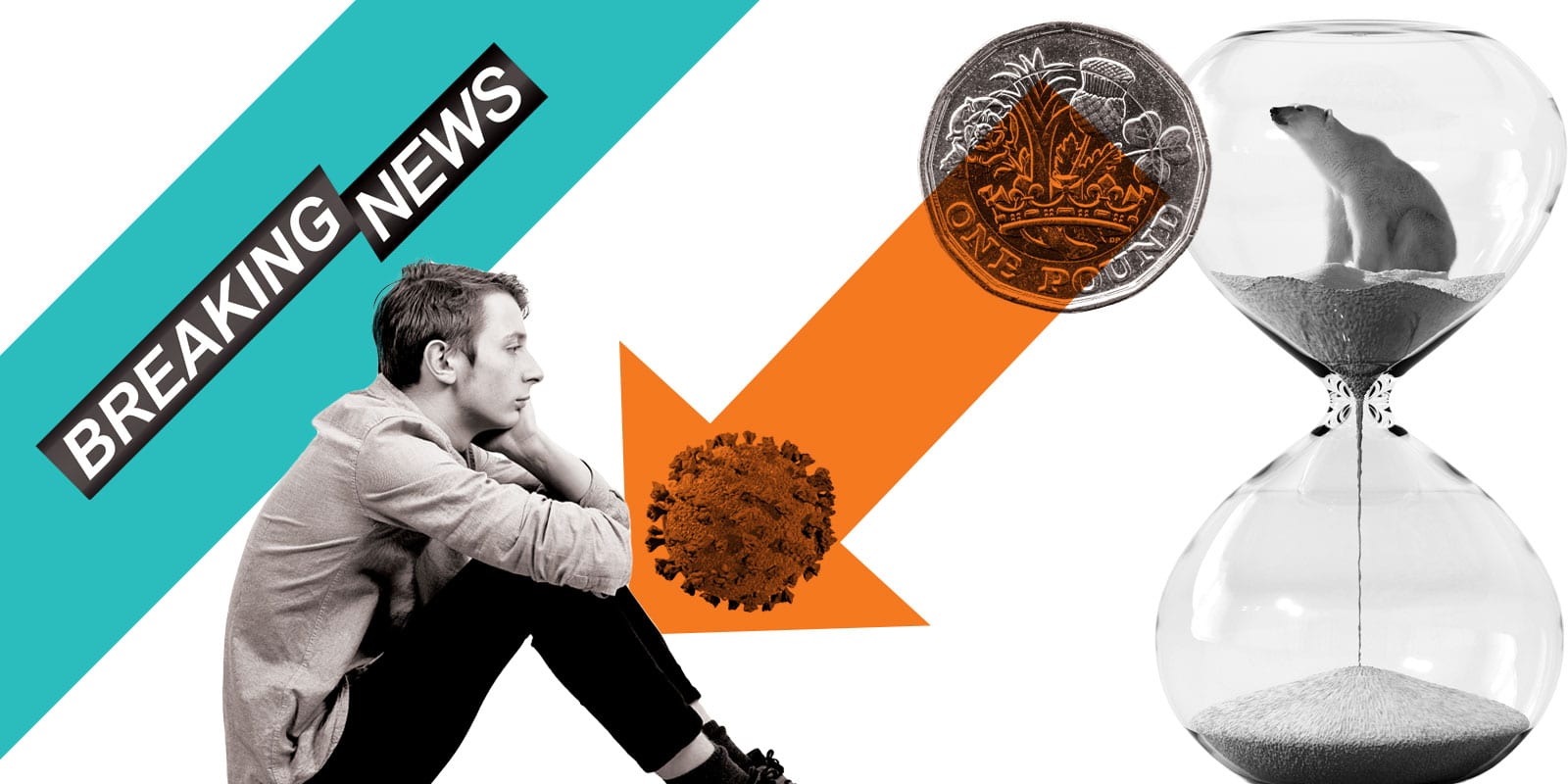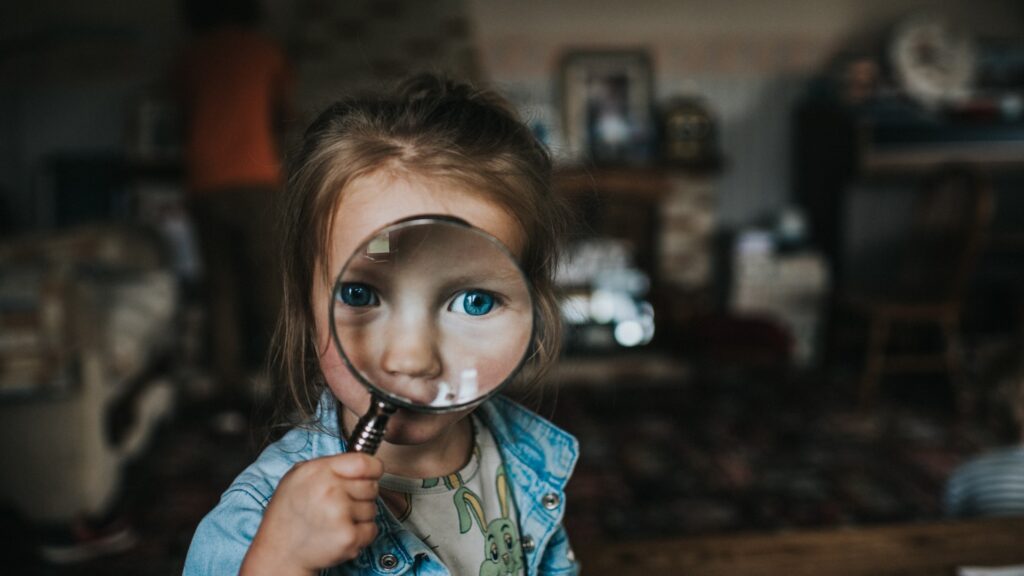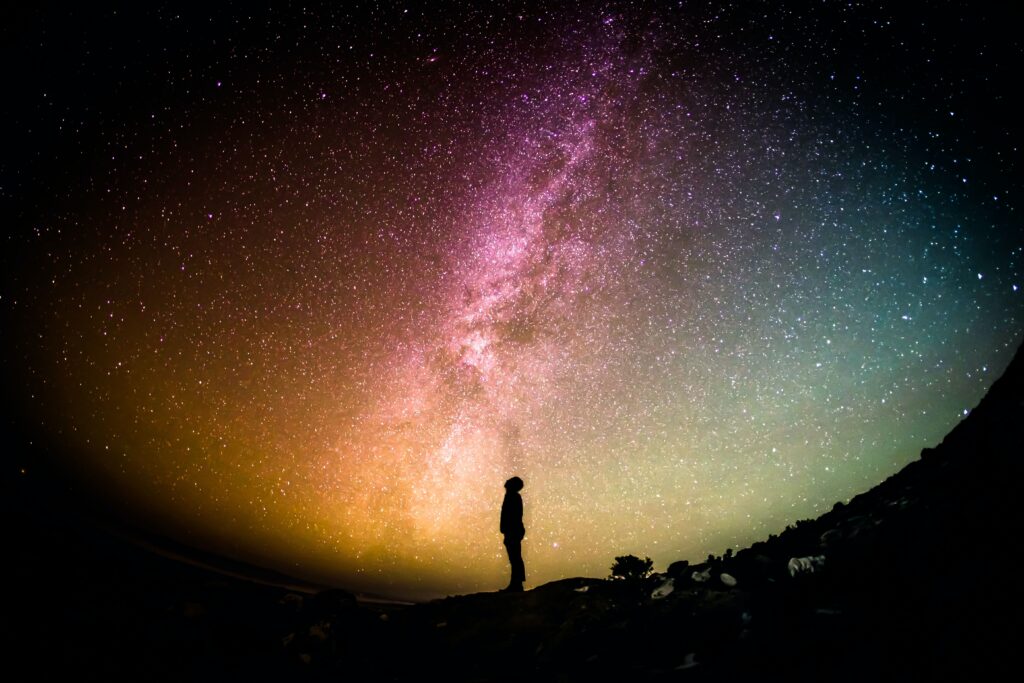Growth Trends 2023: The new age of anxiety

By Rachel D’Cunha, Strategy Partner
The poet W.H. Auden coined the term ‘the age of anxiety’ in 1947 in the aftermath of World War II, when people felt as though the world they knew had been turned upside down and they had little control to change things for the better. Sadly, that sentiment feels all too familiar for the times we’re living in now.
Climate change, the COVID-19 pandemic, international instability, and the cost of living crisis provide the stark backdrop to everyday life in the UK. And—unlike the 1940s—the rise of technology, social media and a constant news cycle means that we are bombarded with information, fuelling an explosion of anxiety.
But, popular culture and the arts often flourish in these periods of adversity, as society craves escapism, self-expression, and connection.
The outlook for 2023 may seem bleak, but by aligning with and borrowing from the cues of popular culture and entertainment, advertisers can deliver small moments of distraction, lightness, and hope, to drive commercial growth.
- Everyday life is more fraught than ever, with research by The British Journal of Psychiatry, across 795 UK GP practices, showing that anxiety has ‘exploded’ over the last 10 years, and has trebled among young people over the past 20 years.
- Perhaps counterintuitively, history shows that culture responds by bringing light into the dark. Despite the suffering faced by millions of people, The Great Depression saw Hollywood’s film industry flourish, and music and dancing gained immense popularity. Similarly in the wake of World War I, Laurel and Hardy rose to fame, bringing slapstick and silliness to audiences as a much-needed tonic.
- Laughter is a sign of safety and connection, but people aren’t doing it as much these days. The move to virtual communication since COVID-19 hasn’t helped; the lack of non-verbal cues and the stilted nature of ‘you go, I go’ on video calls has hindered our ability to connect. But people want to laugh, together. It’s why we have laughter workshops and laughter yoga.
In such undeniably anxious times, it can be tricky for advertisers to know how to respond. When asked, people generally say they don’t want brands to ‘be funny’—Wavemaker’s recent cost of living research showed only 12% of people said they wanted brands to ‘use humour’, and 8% to ‘create content to lighten the mood’.
Understandably, advertisers don’t want to be seen to trivialise the current situation or seem out of touch with the mood of the nation, so the temptation can be to join the chorus of doom. Many churn out safe but ultimately forgettable platitudes of being ‘here to help’ or ‘we know it’s tough’, to reassure customers ‘we care’—think of the deluge of ads in the early days of the COVID-19 pandemic, which all looked and sounded the same.
Advertising can be seen as a close cousin of art, fashion, and mass entertainment, and should aim to provide moments of escapism and self-expression in the same way. Both Love Island—everyone’s guilty pleasure—and Strictly Come Dancing—a beacon of glitz and glamour—have seen increased viewing numbers this year as people gravitate to feel-good escapism and try to shut out reality for an hour or two.
Brands can play a role in lifting the spirits of the nation when everything feels lost.
Many industry thought leaders are encouraging brands to return to a heartland of entertainment and show business. Orlando Wood, Chief Innovation Officer of System1 and author of Lemon. How the Advertising Brain Turned Sour, says brands must “entertain for commercial gain,” and Paul Feldwick, author of Why the Pedlar Sings, encourages advertisers to lean on popular culture, embrace a sense of performance and appeal to the aesthetic rather than the intellectual.
The growth opportunity:
Advertising is both a mirror and a window to society. It is often crafted to reflect the times we’re in so people can recognise themselves and their own experiences within it. But it can, and should, act as a window too— something for people to look through and see a brighter sky on the horizon.
Brands, like popular culture and the arts, can play a role in lifting the spirits of the nation when everything feels lost. This isn’t frivolous, it is a critical part of our survival.
Some of the most successful campaigns in recent times have done just this. Off the back of the financial crash in 2008, we saw a surge of creativity through the devices of humour and mass entertainment.
T-Mobile’s flash mob dance was a shot of pure joy. Using the context of the most mundane daily event (the morning commute) at the most miserable time of the year (January,) it brought hundreds of people together in perfect harmony to dance like everybody’s watching, in the middle of London’s Liverpool Street station. In a similar vein, Cadbury’s Eyebrows ad brought us utter ridiculousness in 2009, deep in the recession period.
When the world was still reeling from the early days of the pandemic, Budweiser bought back their iconic ‘Wassup’ ad with a quarantine-themed remake. A Budweiser UK Marketing Manager said at the time: “Budweiser has always been a part of popular culture and this work is able to bring lightness to these challenging times in a way that only Bud can —reinforcing its role of bringing friends together, though now at a distance.”
Snickers ‘you’re not you when you’re hungry’ is a multi-awarding winning communications platform, having amassed 47 creativity Lions across six countries over the past decade. First launched in the Superbowl, the biggest moment of mass entertainment in the world, they went on to activate humour in a range of innovative ways, for example, analysing sentiment on social media and discounting the price of a Snickers when people were most ‘hangry’.
As the IPA states: “tickling the funny bone is an impactful model.”
3 things to do today…
Don’t be afraid to bring escapism into dark times.
Data from Kantar shows humour is an increasingly under-used lever in marketing. It doesn’t have to be ‘comedy’, but lightness of touch and gentle humour will help build positive emotional associations with your brand.
Synchronize and unite.
Leverage media opportunities where people feel positive and part of something. Mass entertainment moments such as live sport and Saturday night TV, as well as channels such as cinema and outdoor screens, can place your brand in environments of inherent ‘togetherness.’
Think about how your brand can enable self-expression.
Hope is optimism with a sense of agency. Enabling people to customise or personalise the design of your product, or allowing users to share and pass on feel-good content, are small but powerful ways to enhance the experience of your brand.
Fill in your details below to download a full copy of the 2023 Growth Trends report.










